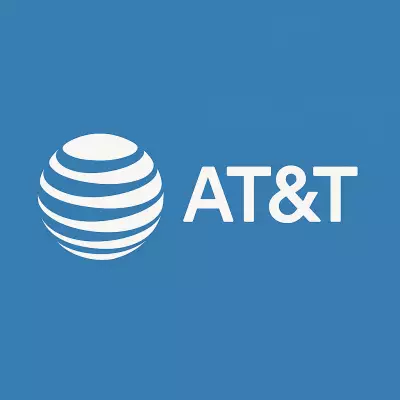President Biden Signs Executive Order on Cybersecurity
Table of Contents
- By Dawna M. Roberts
- Published: May 25, 2021
- Last Updated: Mar 18, 2022
On Wednesday, President Biden signed into law an executive order outlining a comprehensive plan to boost security across public and private sectors regarding cybersecurity. The executive order comes in large part as a response to the devastating SolarWinds supply chain attack.
A lot of the plan involves modernizing systems and sharing information. The federal government has been sorely lacking in best practices, and many of the details of the new plan aim to fix that.
Data Breach Today explains that “The executive order, which had been expected for weeks, is part of the Biden Administration response to a series of cybersecurity incidents that have happened over the last several months, including the supply chain attack against SolarWinds, the attacks that targeted vulnerabilities in both Microsoft Exchange and Pulse Connect Secure VPNs and, as of this week, the ransomware attack that hit Colonial Pipeline”
Along with the new plan, Biden also recently sanctioned Russia for its involvement in tampering with the U.S. presidential election and various ransomware attacks, including the SolarWinds attack.
What is Included?
The executive order reads, “Incremental improvements will not give us the security we need; instead, the Federal Government needs to make bold changes and significant investments in order to defend the vital institutions that underpin the American way of life.”
One billion dollars will go towards modernizing and improving government systems and infrastructure. “The Federal Government must lead by example. All Federal Information Systems should meet or exceed the standards and requirements for cybersecurity set forth in and issued pursuant to this order.”
One area that will be a big change is opening up communications between the public and private sectors to share cybersecurity information and threat intelligence.
According to the executive order, “These service providers, including cloud service providers, have unique access to and insight into cyber threat and incident information on Federal Information Systems. At the same time, current contract terms or restrictions may limit the sharing of such threat or incident information with executive departments and agencies (agencies) that are responsible for investigating or remediating cyber incidents.”
As part of the modernization, Data Breach Today explains, “The changes include advancing toward a zero-trust architecture as well as accelerating movement toward secure cloud services, including software-as-a-service, infrastructure-as-a-service, and platform-as-a-service.”
Interestingly, the plan also includes the goal of centralizing and streamlining access to cybersecurity data for analytics to help identify and mitigate risks. These goals apply to not only technology but also the personnel running it.
The plan dictates that government entities begin moving towards these goals within 60 days.
One of the bottlenecks that have resulted in various ransomware attacks is software and device firmware. The executive order addressed this by saying, “There is a pressing need to implement more rigorous and predictable mechanisms for ensuring that products function securely and as intended.”
What Do the Experts Think?
Data Breach Today quotes Steve Grobman, CTO of McAfee, with “This executive order correctly emphasizes enhancing software supply chain security, removing barriers to threat information for government contractors, standardizing agency playbooks for incident response, and modernizing federal cybersecurity.”
Technical Director at Vectra addresses the privacy issue “Privacy is itself a form of security - security against the erosion of opportunities for an individual to enjoy fairness, liberty, and equality before the law and our society at large,” Wade says. “As we forge ahead towards the much-needed partnership between federal and private sectors, we will do well to remember that the preservation of individual privacy is among our chief pursuits.”
Sen. Mark Warner, D-Va., the chairman of the U.S. Senate Intelligence, said, “This executive order is a good first step, but executive orders can only go so far. Congress is going to have to step up and do more to address our cyber vulnerabilities, and I look forward to working with the administration and my colleagues on both sides of the aisle to close those gaps.”
















